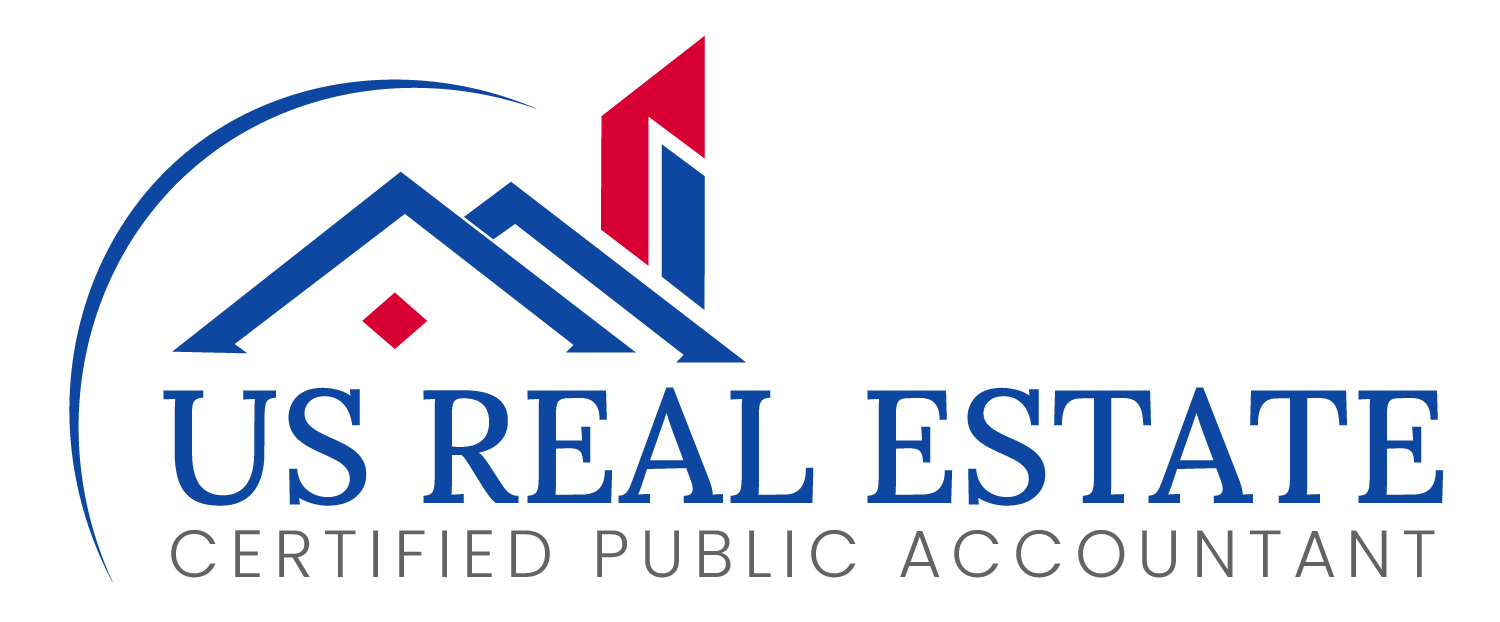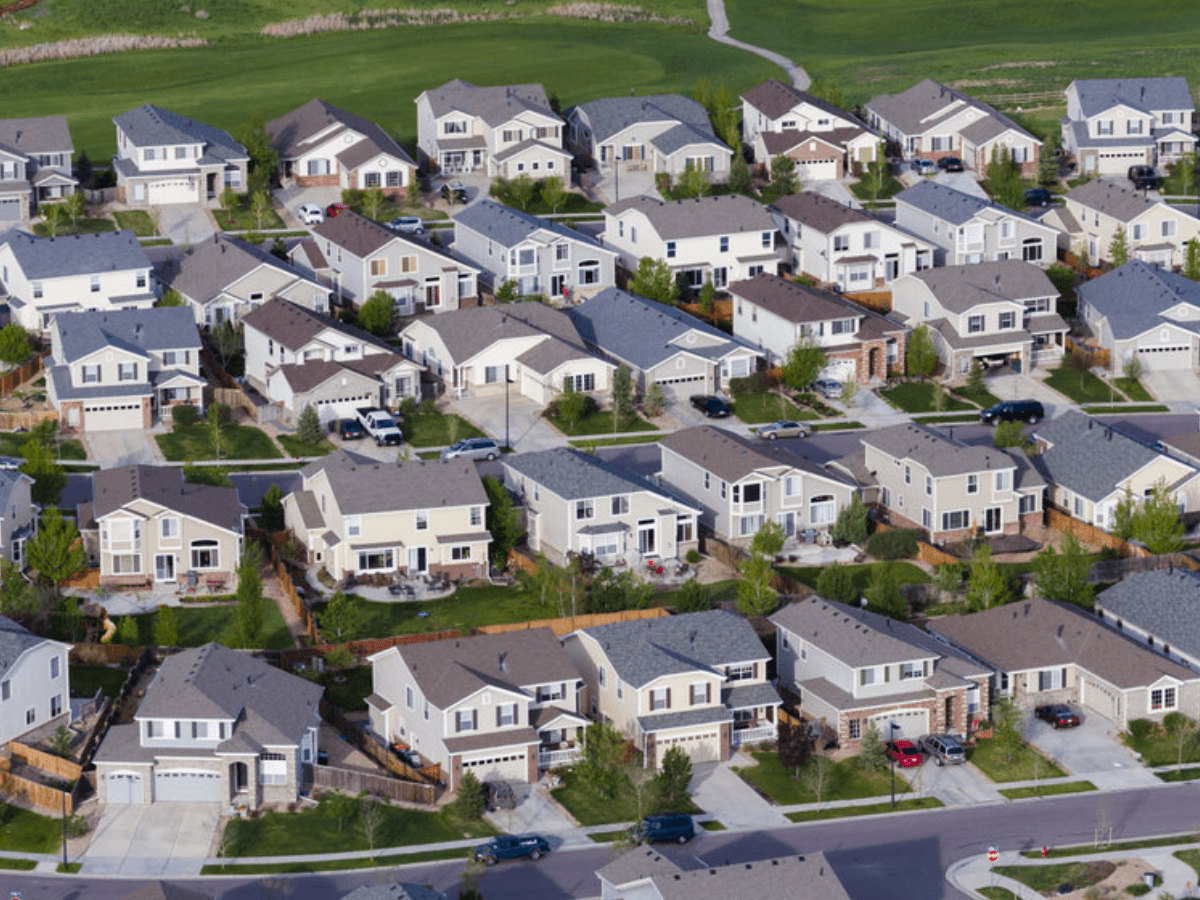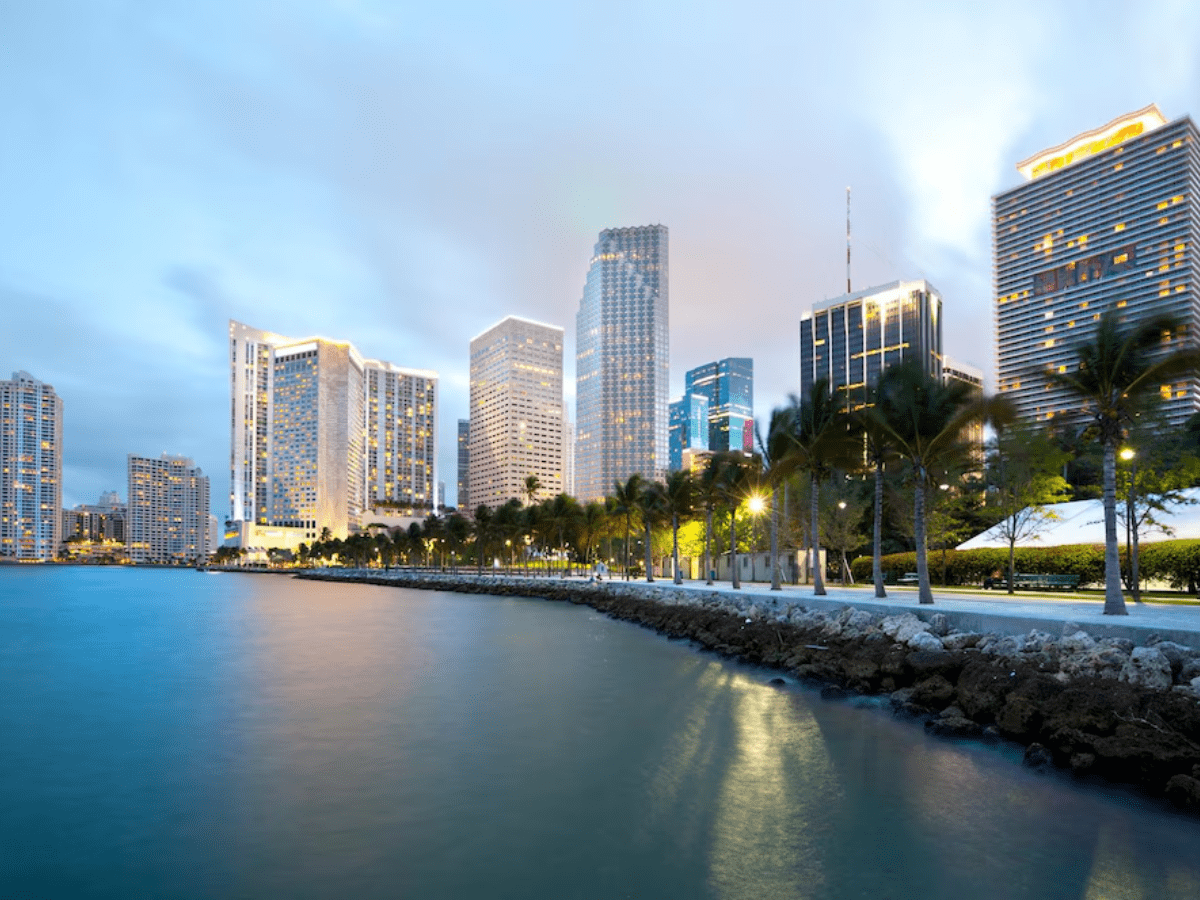
Trump Eyes Privatizing Fannie and Freddie. What That Means for Your Mortgage
By all accounts, it was a classic Trump tease. On a Wednesday night Truth Social post, former President Donald Trump dangled a possibility that could reshape the American housing market: taking mortgage giants Fannie Mae and Freddie Mac private again.
“I am giving very serious consideration to bringing Fannie Mae and Freddie Mac public,” he wrote. “Fannie Mae and Freddie Mac are doing very well, throwing off a lot of CASH, and the time would seem to be right. Stay tuned!”
It was the kind of announcement that makes headlines—and rattles markets. For Wall Street investors, it opened the door to a potential windfall. For ordinary Americans trying to buy a home, it raised a lot of questions. Chief among them: Would this make mortgages even more expensive?
The Government’s Mortgage Safety Net
First, a quick primer. Fannie Mae and Freddie Mac aren’t banks, and they don’t make loans directly to homebuyers. What they do is buy up home loans from lenders, bundle them into securities and sell them to investors. This process, known as the secondary mortgage market, helps banks keep issuing new loans without running out of money. It’s also one big reason Americans can usually get long-term, fixed-rate mortgages—a deal that’s rare in many other countries.
These two institutions were created by Congress with a public mission: keep mortgage money flowing. But when the 2008 financial crisis hit, they were on the brink of collapse due to exposure to bad loans. The federal government stepped in with a bailout, injecting nearly $190 billion in taxpayer funds and putting them into a special legal status called conservatorship—essentially a form of government guardianship.
Since then, Fannie and Freddie have paid back more than $300 billion in dividends to the U.S. Treasury, well above the original bailout. But despite the payback, they are still under strict government control.
A Long-Awaited Payday?
Trump’s proposal would unwind that 16-year conservatorship, handing back control—and future profits—to private shareholders. That includes some heavy hitters like billionaire hedge fund manager Bill Ackman, a vocal supporter of both Trump and the push to privatize. Ackman argues conservatorship was always meant to be temporary, and that it’s past time for the government to let go.
“Taxpayers have already been repaid,” Ackman said during a January webcast. “It’s time to restore the proper functioning of the market.”
On paper, he has a point. Fannie and Freddie are now cash cows, generating profits regularly. Ending the conservatorship would mean those earnings start flowing back to common shareholders. It’s little surprise, then, shares of Fannie and Freddie—still traded over the counter—popped on the news.
Homebuyers May Not Be So Lucky
But what’s good for investors isn’t always good for homebuyers.
Danielle Hale, chief economist at Realtor.com®, says Trump’s plan could send mortgage rates even higher than they already are.
Here’s why: under government control, investors see Fannie and Freddie loans as ultra-safe. After all, if anything goes wrong, Uncle Sam is expected to step in. That sense of security keeps mortgage rates lower because investors don’t demand a big risk premium. Take away the government guarantee, and investors might want more compensation for taking on that risk, translating into higher rates for borrowers.
“Will this get to the end result of a 3% mortgage rate? I don’t think so,” Hale says.
That’s a problem. Mortgage rates, which hovered around 2.8% when Trump left office in early 2021, have since climbed to nearly 7%. For many would-be homebuyers, especially first-timers, that kind of jump has turned the dream of owning a home into a financial nightmare. Housing affordability is now the worst it’s been in four decades.
Still, Trump has promised to bring mortgage rates back down to 3% if elected again—even though presidents don’t control rates directly. The Federal Reserve sets the tone with its interest rate decisions, but lenders also respond to inflation, economic data, and, yes, housing finance policy.
So far, experts like Hale say privatizing Fannie and Freddie would be a step in the opposite direction.
A Political—and Financial—Gamble
The question of what to do with Fannie and Freddie has lingered through four presidencies. Barack Obama resisted calls for privatization. Donald Trump tried before and failed. Joe Biden largely avoided the issue. Now as Trump mounts another White House bid, he’s revisiting a familiar campaign promise that speaks as much to his Wall Street allies as to everyday voters.
The decision won’t be his alone. Trump said he’ll consult with Treasury Secretary Scott Bessent, Commerce Secretary Howard Lutnick and William Pulte, director of the Federal Housing Finance Agency, before making a final call.
But the politics are clear. Pushing to privatize Fannie and Freddie sends a message to markets: Trump is pro-investor, pro-market and willing to shake up Washington’s role in housing. Whether that message resonates with voters facing near-record mortgage rates is another matter.
What Comes Next?
For now it’s wait-and-see. Trump says a decision is coming “in the near future.” If he goes through with it, expect fierce debate—not just in financial circles, but across kitchen tables nationwide.
Because while shareholders might be cheering, the average American just wants a shot at owning a home without mortgaging their future. And for them, what happens to Fannie and Freddie isn’t just politics or policy. It’s personal.



